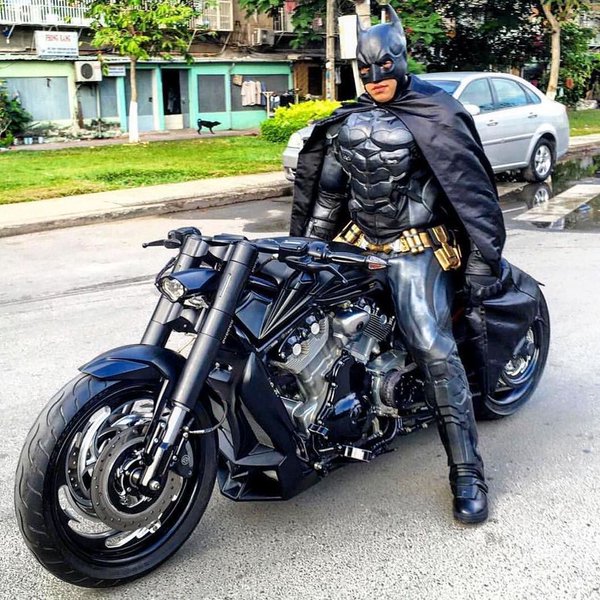I didn't say he wasn't a great teacher - just that he was more of a fighter than an instructor. You come across instructors that aren't particularly great at teaching fine technical points but know how to develop students that can fight. Oyama I feel fit that category.
Kyokushin is a great tough style but from a syllabus perspective it's a mess in my opinion. Understanding of kata is very poor, very few practitioners can apply the other 60% of techniques in the syllabus in sparring (open hand strikes & uke in particular). I think that generally speaking like @biscuitsbrah said movement/footwork is very poor (outside a rare few) because footwork/movement in kyokushin is specialised to knockdown karate competition - outside of that format it really is not so good.
I'm curious about this movement issue. Is this ingrained in their muscle memory if they try out kickboxing rules against an equally skilled opponent? I've always assumed Kyokushin guys would handle themselves quite well. There's just so much in common technique-wise despite their crazy sparring.




